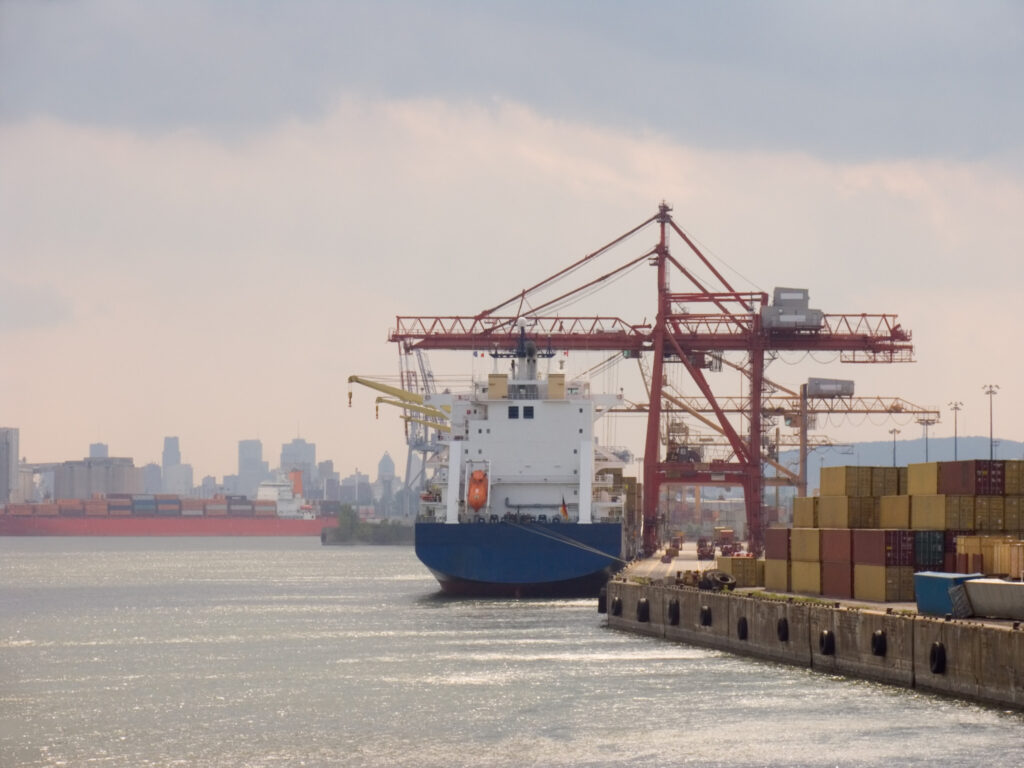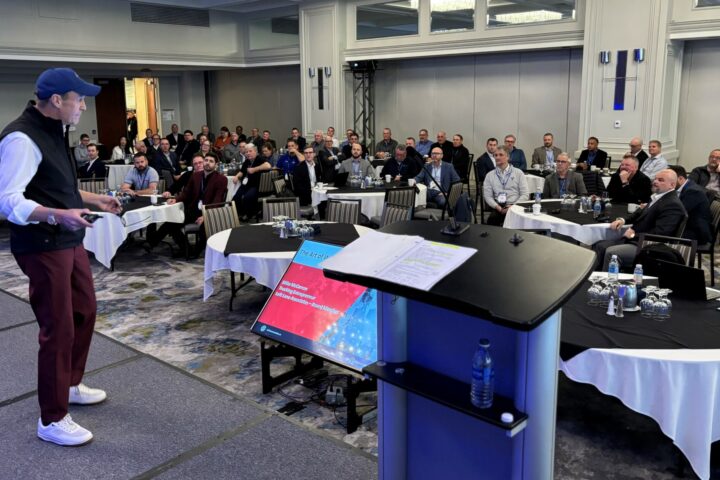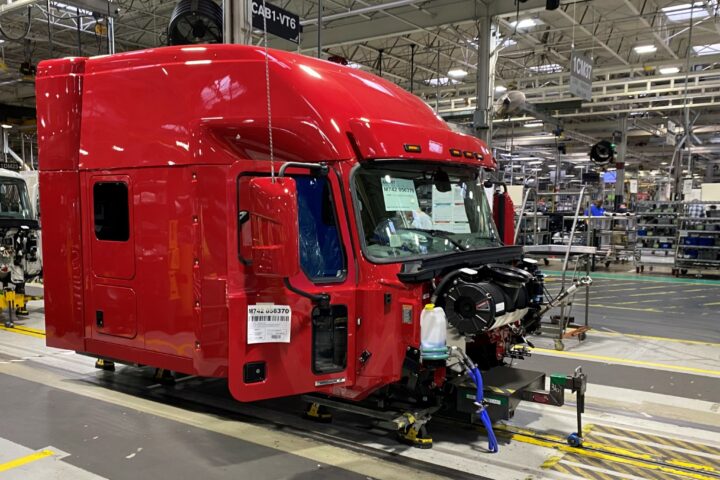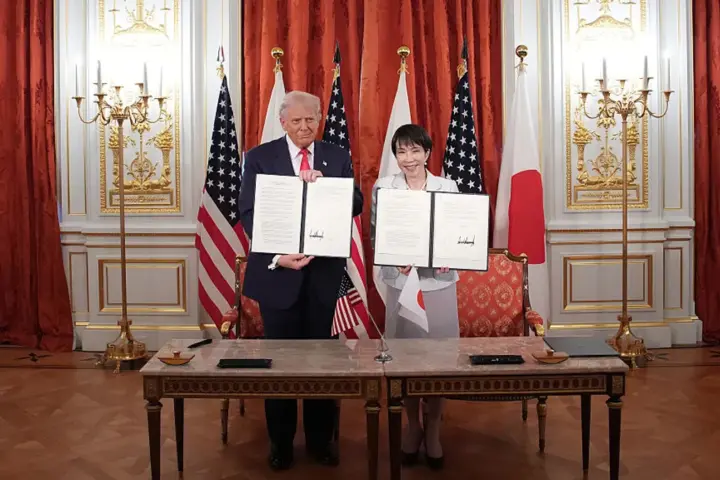The Contrecœur terminal container project in Contrecœur, Que., was among the first five “nation-building” projects to be green-lit by Prime Minister Mark Carney, as other ports were left out.
“This project will expand the Port of Montreal’s capacity by approximately 60%, to give Eastern Canada the trading infrastructure it needs to keep goods moving, meet growing demand, and diversify trade routes,” the feds said in an announcement this week.

“It will strengthen supply chains, create thousands of jobs, and generate approximately $140 million annually in local and national economic benefits across Quebec and Canada.”
Other initiatives among the first five to be announced include mining, green energy and liquefied natural gas projects. Expansion of the Port of Churchill didn’t yet make the cut, and the Grain Growers of Canada complained that the Port of Vancouver’s chokepoints were also not addressed.
“Connecting the Canadian economy to the fast-growing Indo-Pacific region, the Port of Vancouver is essential to Canada’s economic growth and prosperity. More than 50% of the grain grown in Canada is exported through the port, accounting for $35 million in daily exports of grain and grain products,” said GGC. “Yet the infrastructure that underpins this trade, such as the Second Narrows Rail Bridge and New Westminster Rail Bridge, built in 1969 and 1904 respectively, are chokepoints at capacity with no redundancy if they fail.”
Carney said the first projects to be approved are those that are already at an advanced stage of exploration and development.
“At this moment of transformative change, Canada’s new government is focused on delivering major projects to connect our communities, empower Canadian workers, and build Canada’s strength. With the first in a series of new projects, we will build big, build now, and build Canada strong,” Carney said in a release.
He named six additional projects that could be included in a future round of nation-building projects, including the Port of Churchill Plus project.
“Rooted in partnership with Indigenous Peoples, including in co-operation with Manitoba’s Crown-Indigenous Corporation, this project will upgrade the Port of Churchill and expand trade corridors with an all-weather road, an upgraded rail line, a new energy corridor, and marine ice-breaking capacity,” the government announcement said.
“The approach will prioritize Indigenous equity ownership in developing the projects needed to turn the Port of Churchill into a major four‑season and dual-use gateway for the region. Expanded export capacity in the North through Hudson Bay will contribute to increased and diversified trade with Europe and other partners, while more strongly linking Churchill to the rest of Canada.”












